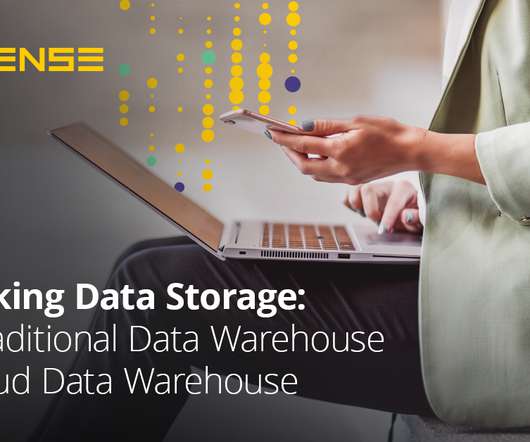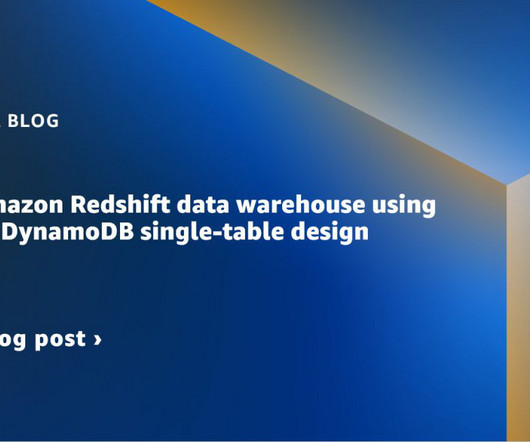Unlocking Data Storage: The Traditional Data Warehouse vs. Cloud Data Warehouse
Sisense
NOVEMBER 12, 2020
While the architecture of traditional data warehouses and cloud data warehouses does differ, the ways in which data professionals interact with them (via SQL or SQL-like languages) is roughly the same. The primary differentiator is the data workload they serve. with a cloud data warehouse is simple.













Let's personalize your content